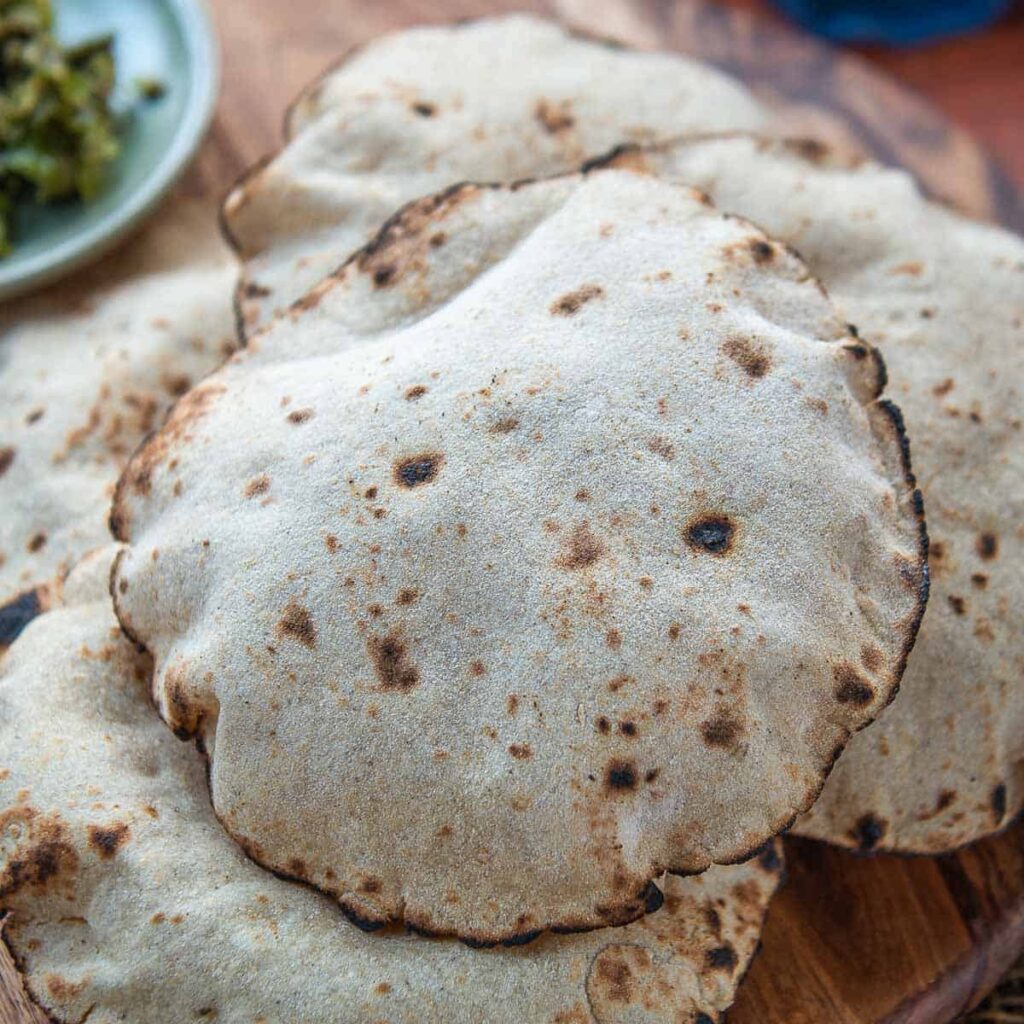HEALTHY JOWAR (SORGHUM) BHAKRI RECIPE
For all of us who have gone gluten free in our search for a healthy lifestyle, not eating Chapattis is probably the saddest part of our lives. Oh, the all so flexible and yummy Chapattis! Anything goes with it, right? Sabzis, sambaar, chutney, curd, pickle and what not? It’s every cook’s saviour and every foodie’s delight.
Much before Chapattis became a rage in South India, Bhakri or jolada rotti or sorghum bread was a staple food in the northern parts of Karnataka. Bhakri, being made of sorghum, has a high nutritional value. It’s known to have high levels of unsaturated fat, protein, minerals like iron and calcium and also antioxidants. It is one of the best things people with diabetes and cholesterol can consume. Jowar is known to reduce the risk of colon and skin cancer as well.
And guess what. Bhakri can be as flexible as Chapatti when it comes to eating it with many curries and dishes. Of course, the most popular combination is Bhakri-yangai (a curry made of brinjal or eggplant). But it can be very tasty with chutney, raw vegetable salads, sambaar and other curries too. You may at first find Bhakris very dry to eat. But as you develop taste for it, I’ll assure you that you will love it.
Another word here. Although I’ve given a detailed recipe of the jowar bread, you need to try it with the help of someone who has experience doing it because the jowar flour isn’t sticky like wheat and so you might find it hard to get a grip of it. Anyways, the recipe, now!
Jowar bread for 2
What you’ll need
- Sorghum flour –250g
- Hot, boiling water –1.5 cup
- Luke warm water –1 cup
- Tava/pan
- Small piece of wet cloth
- Wooden platform for making flat round rotti
- Strong hands and enthusiasm
Method
- Set aside a cup of dry jowar flour
- Soak the rest of the jowar flour by pouring boiling water on it (careful with the hot water!) and keep it aside
- Heat the pan
- Now take the soaked flour in your hands sufficient for one rotti or bread and knead it thoroughly using lukewarm water. This is the most important step – so the more you knead, the better.
- Once the rotti is round and flat, carefully shift it to the heated pan.
- Press the rotti on the pan using the wet cloth. Let it cook. Once it turns brownish, turn the rotti and cook on the other side as well.
- Take rotti out from the pan. Bhakri is ready to be served! Eat it with vegetable curries, salads or even chutneys.
Bonus point: Bhakri is oil free too!


